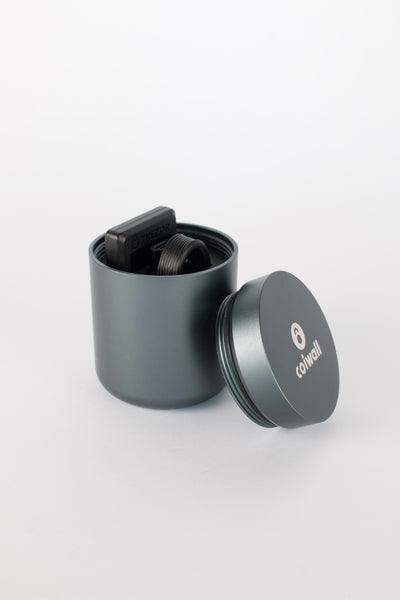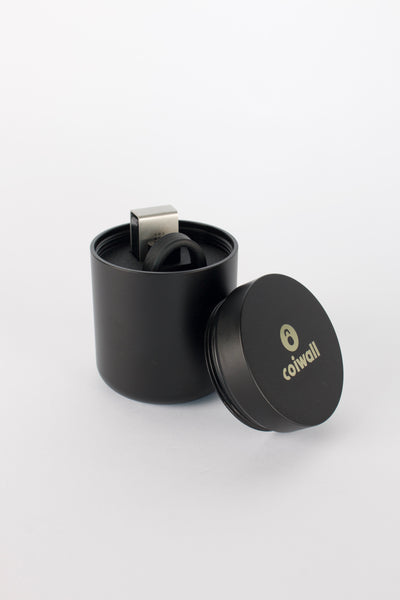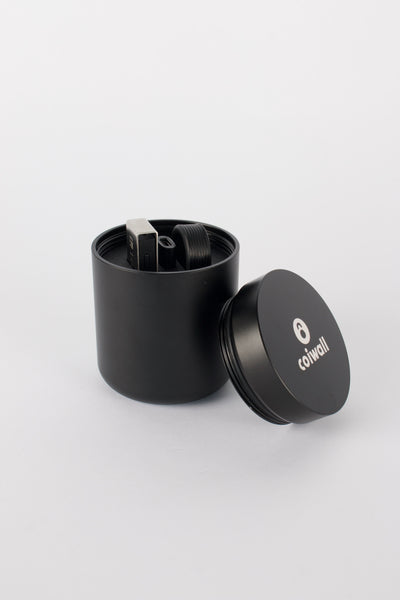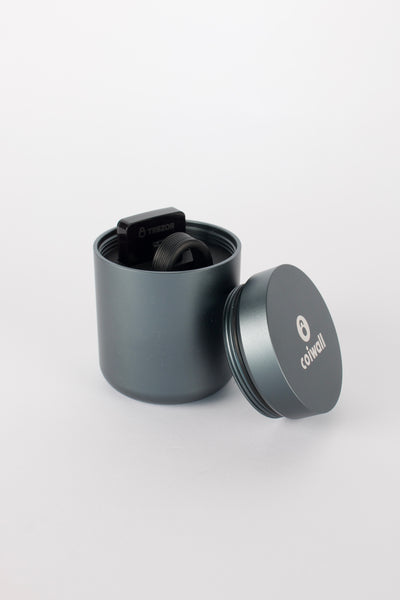Picture this: You've stored your crypto riches—maybe not quite a Bitcoin billionaire, but hey, every Satoshi counts—on a shiny, security-hardened hardware wallet. Feels pretty safe, right? But here’s the twist: just like you wouldn’t leave your front door unlocked, your hardware wallet deserves more than casual trust when it comes to physical safety.
Why Physical Security Still Matters (Even in Our Digital Era)
Sure, everyone talks about hackers lurking in cyberspace, but have you ever worried about someone walking off with your Ledger or Trezor while you’re distracted at a coffee shop? It happens more often than you think. A hardware wallet, after all, is still a physical object—it can be lost, stolen, or even misplaced in the black hole between your couch cushions.
Let’s unpack a few practical (and, let's be frank, occasionally overlooked) ways you can keep your crypto safe in the good old-fashioned, offline world where gravity and sticky-fingered miscreants still matter.
The Where: Hiding Your Wallet Like a Pro (Or Just Not Like a Magician)
First up, location really does matter. Tossing your wallet into your sock drawer? It’s not exactly Mission: Impossible-level security. The key is to be thoughtful an—dare we say—creative without making it impossible to retrieve when you actually need it.
- Stash it away from obvious spots: Skip the underwear drawer cliché. Instead, think about spots like inside old electronics, or even among those dusty tax files nobody wants to browse.
- Consider a small, sturdy safe: Preferably one that’s fireproof and can be bolted down. Sure, not glamorous, but it puts a solid barrier between your wallet and an opportunist.
- Split storage: If you’re holding more than one hardware wallet (or extra backup seeds), scatter them across a few safe locations. That way, you’re not putting all your eggs, or rather, cryptographic keys, in one basket.
On the Move: Travel and Your Hardware Wallet
Traveling with a hardware wallet? Whether you’re jet-setting for a crypto conference in Lisbon or just visiting family for the holidays, it’s wise to take extra precautions. Backpacks and luggage have a nasty habit of disappearing in transit.
- Keep it discreet: Don’t show off your hardware wallet—no need to broadcast your crypto enthusiasm in airport security lines.
- Use a decoy: Sometimes a dummy wallet (an old one with no funds) can foil an amateur thief. It’s a slight-of-hand trick that works as well on techies as it does on magicians.
- Don’t check it in: Keep your wallet in your carry-on, never in checked bags. And, for the love of Satoshi, double-check the security of your daily carry bag—it only takes a second of distraction for a pickpocket to succeed.
Honestly, traveling brings an extra thrill, but also a twinge of anxiety for seasoned HODLers. You know what? Sometimes old-school paranoia is a friend, not a foe.
Pins, Passphrases, and Other Layers of Protection
Physical hiding spots help, but what about when you need to hand your device over—say, for airport security inspection? That’s when good digital hygiene comes in. Both Trezor and Ledger allow you to add PINS and (optionally) passphrases that keep your coins safe, even if someone has the device in hand.
- Pins: Make it unique, and don’t jot it on a sticky note taped to your device. That’s not security; that’s just keeping it warm for the next person.
- Passphrases: Think of this as the secret ingredient—a strong, memorable word or phrase that acts as the true lock-and-key. Just make sure you won’t forget it, because recovery can be, well, impossible.
- Set up decoy wallets: Many wallets let you set up more than one profile—one for everyday use and another 'hidden' by a passphrase. It’s like having a house with a fake door for the nosy neighbors.
Recovery Seeds: The Real Treasure Map
Let me be blunt: your hardware wallet is valuable, but your recovery seed is EVERYTHING. With that string of words, anyone can recreate your wallet, even without your physical device. So while we’re busy hiding the wallet, don’t forget to triple-protect the recovery sheet.
- Never store it electronically: Not in your email, not on your phone, and definitely not in the cloud. Pen, paper, maybe even metal plates (like the popular Cryptosteel) work best.
- Physical separation: Keep your recovery information in a different place from your hardware wallet. If one disappears, the other is still safe.
- Leave clues, not breadcrumbs: Some folks use coded messages or partial phrases so that only they can reconstruct the real thing—think of your favorite childhood memory or inside joke as a mnemonic.
I’ll be honest—writing down 24 random words feels weirdly nerve-wracking, almost like writing your diary in invisible ink. But it’s the most important step for long-term peace of mind.
Fire, Flood, and the Unexpected: Safeguarding Against Acts of Chaos
We’ve all seen stories about hardware devices lost in house fires, floods, or worse. Nature isn’t sentimental about your digital fortunes. If your region is prone to wild weather (hurricane seasons, anyone?), use metal backups for your seed phrase and fireproof safes for your hardware wallet. And if you think that's overboard—well, ask anyone who's lost access forever. Better paranoid than penniless, right?
Mild Paranoia vs. Practical Security
There’s a fine line between taking security seriously and slipping into tinfoil hat territory. But here’s the thing: physical security is as much about good habits as it is about technology. You don’t have to be a secret agent to outwit casual threats. You just need to be a little more careful than the average person.
Need a quick recap for busy brains?
- Hide your wallet thoughtfully—not in the kitchen fruit bowl.
- Use PINs and passphrases, and don’t get lazy.
- Protect your seed phrase above all else.
- Watch out for fire, flood, and burglary like you would for market volatility.
- Travel light, travel smart.
Wrapping Up: Keep Your Crypto, Keep Your Peace of Mind
Hardware wallets like Trezor or Ledger are brilliant at locking down your assets digitally, but the real security also lives in your routines, your caution, and maybe a little bit of old-fashioned distrust. Whether you’ve just started stacking stats or you’re managing a hefty portfolio, a sprinkle of vigilance today can save a mountain of headaches tomorrow. Because when it comes to crypto, you don’t get do-overs—just lessons learned the hard way.
So treat your hardware wallet like gold—or at least like the key to your future dreams. After all, in crypto, your fortune really is in your hands. Don’t let it slip through your fingers.











